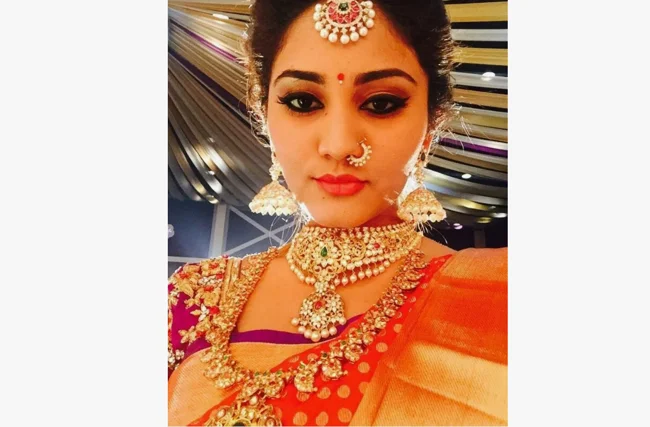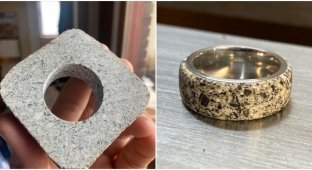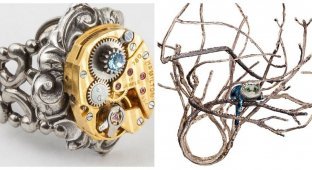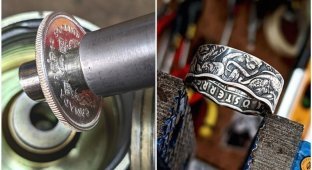Cool nat: why do Indian women wear a ring in their nose? (8 photos)
So, I'll start with the fact that Indian culture has always favored any jewelry on a woman's body. These adornments, from bracelets to rings, are not just some kind of fancy aesthetics. 
But, as the Hindus believe, powerful energy amulets bring their owners nothing but happiness and good luck. 
The nose ring itself is called in India by the elegant words "nat" (in Sanskrit नथ literally "help, protection"), "koka" or "mukkuthi". It is mentioned in the Indian Vedas, dating back to the 2nd millennium BC. And it is not, by the way, a direct analogue of the European wedding ring, a symbol of fidelity. Here it is a little different. 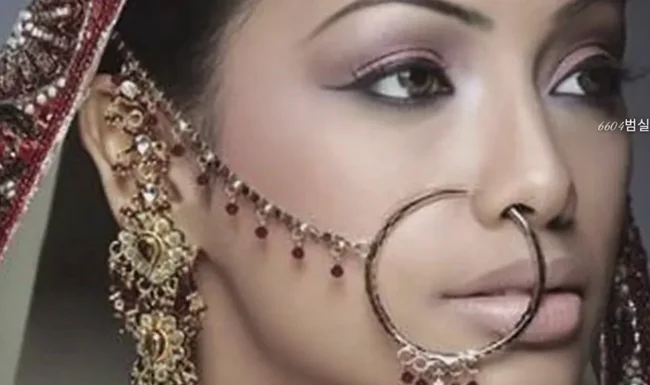
The fact is that in the Hindu religion, the wings of the nose are considered to be directly connected with the female reproductive system. That is, piercing the nose, as Hindu beliefs say, "pierces the woman" and makes it easier for her to conceive and then give birth.
Unmarried Indian women can also wear "nat" in the wings of the nose, demonstrating their readiness to marry. That is, I repeat, in most cases, nat is not directly connected with the married status of its owner. However, it does encourage it. 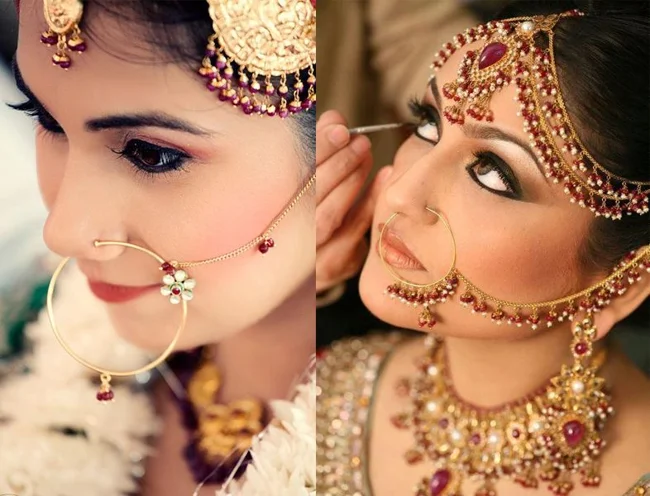
In addition, Indians also associate the wings of a woman's nose with sensuality. They call nat "an ornament that seduces." In general, that's why little girls don't wear nat. And if a young Indian woman appears with a ring in her nose, it means she is ready to share a bed with her husband. Most likely, a wedding is coming soon. 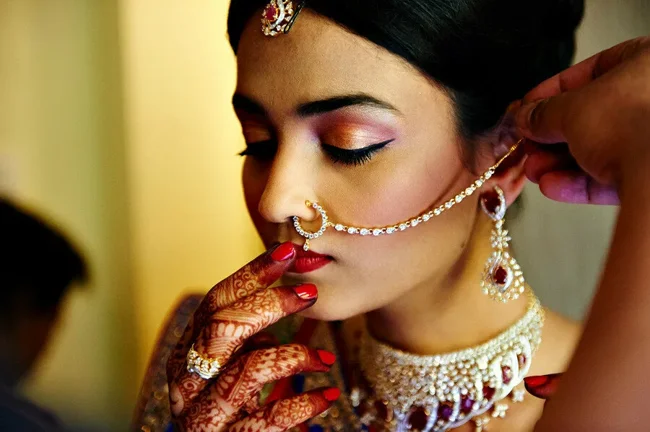
The shape and size of the nat greatly depends on the specific region of India. In some places, the nat must be very large, gold with diamonds, covering almost the entire cheek. Especially often, such large nats, also connected with a chain to the ear (unity of the chakras), are worn by brides at weddings. And in other places, a modest silver ring, barely noticeable against the general background of the nose, is enough. 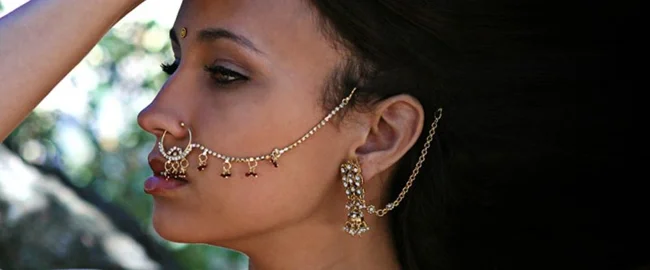
A lot depends on the status of the family, on its financial affairs. The success of the husband of its owner is often judged by the nat. If the ring is richly decorated, gold and with diamonds, then everything is in order with money here. It is not surprising that Indian men usually do not skimp on nats for their faithful. 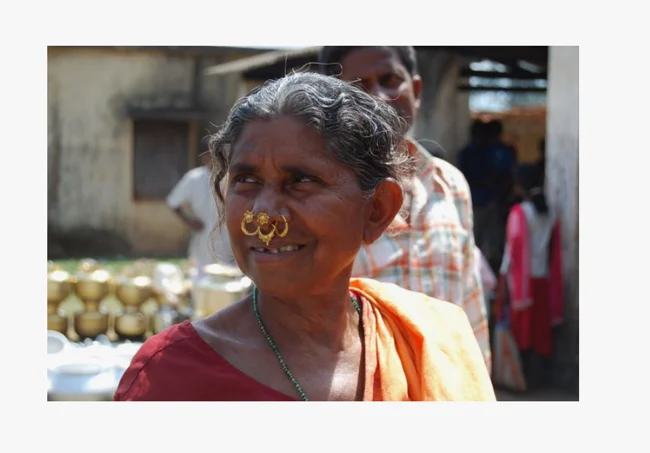
Nat can also have the shape of a non-ordinary ring, for example, a flower, a fish, or an exotic carnation. The place where it is worn in the nose also varies: southern Indian women prefer to pierce the right nostril, northern ones - the left, and eastern ones - the nasal septum (bulak).
Other Western ladies who follow the Indian culture, which is exotic for most Europeans, also love to wear nat. 